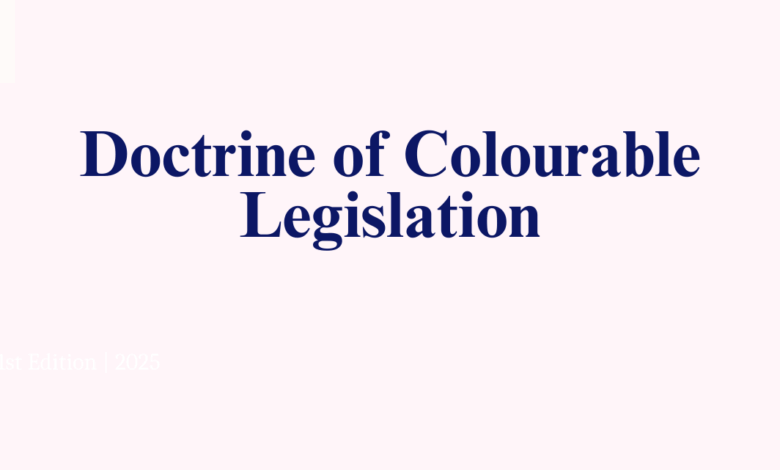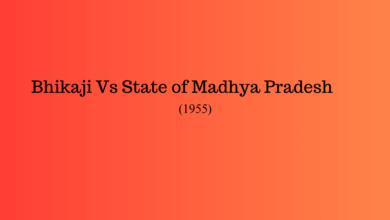What is Article 246 of the Indian Constitution? Doctrine of Colourable Legislation
Write a short note on the Doctrine of Colourable Legislation.

Explain the Doctrine of Colourable Legislation.
Article 246 of the Indian Constitution of India speaks about the doctrine of colorable legislation. Before starting with the topic, it seems necessary to go through some of the vital aspects involved hereunder.
Article 246 has divided itself into three parts which are as follows –
- The Union list
- The State list
- The Concurrent list
The distribution of the lists ie; union, concurrent and state lists is actually the distribution of the legislative powers between union and states. Moreover, the reason behind such distribution is to establish a good relationship between the two constitutional bodies that is state and the union. Which will further help in creating a prospering environment in the nation as well. between the two constitutional bodies which as the state and the union, it is also imperative to create a clear line between the two.
Union lists deal with the foreign affairs, defense, atomic energy, etc of the nation, and the state on the other hand deals with agriculture, trade, etc which are of local importance.
When does the Doctrine of Colourable Legislation apply?
The doctrine of Colourable Legislation emanates into the scenario when the question of the legislature’s competence appears.
It simply says you cannot do indirectly, what you cannot do directly. This doctrine visibly remarks that the if the legislature is not allowed to make a law on any particular subject then it cannot make the law even indirectly either.
Also Read – Are lunatics competent to testify in a court of law?
The Doctrine of Colourable Legislation – Illustration –
Railways, as we all know is a subject of the Union, so it is only the Parliament that has the authority to make laws on it and not the State. Likewise, if any subject matter is under the list of States, the Parliament is not allowed to make any law regarding it be it directly or indirectly. If the same happens, the doctrine will come into the picture.
Doctrine of Colourable Legislation – Case laws
State of Bihar vs. Kameshwar Singh
It is one of the significant judgments delivered by the Supreme Court, where the doctrine of colorable legislation has been declared invalid. The case was about laying down the principle of compensation, whereas the Bihar Land Reforms Act, of 1950 did not lay down any such principle. As a result of which, the petitioner was destitute of the compensation.
M.R. Balaji vs The State of Mysore
A law relating to the communities which as socially as well as educationally backward, a law was passed by the Mysore government. However, the law excluded the Brahmin community. Under this law, 62% of the seats were reserved for engineering and medical students while leaving behind 32% of merit seats.
The same was challenged in the court of law; where it was held that the law made by the state of Mysore has violated Article 15(4) of the Indian Constitution and hence is invalid.
What are the limitations of the Doctrine of Colourable Legislation?
The applicability of the doctrine completely lies in the jurisdiction of the legislature and has nothing to do with the intentions of the legislature.



